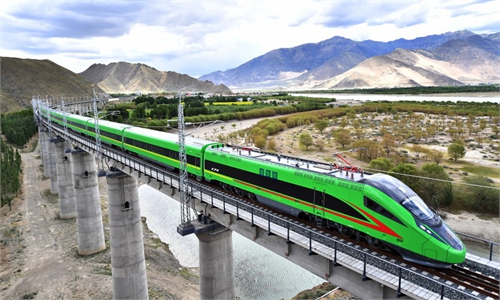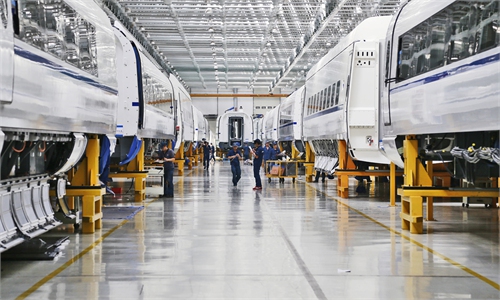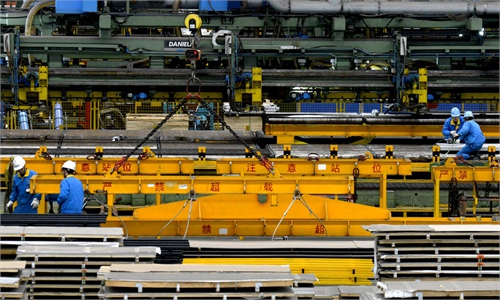IN-DEPTH / IN-DEPTH
CPC’s reform and opening-up policies overcome major hurdles and change China, the world
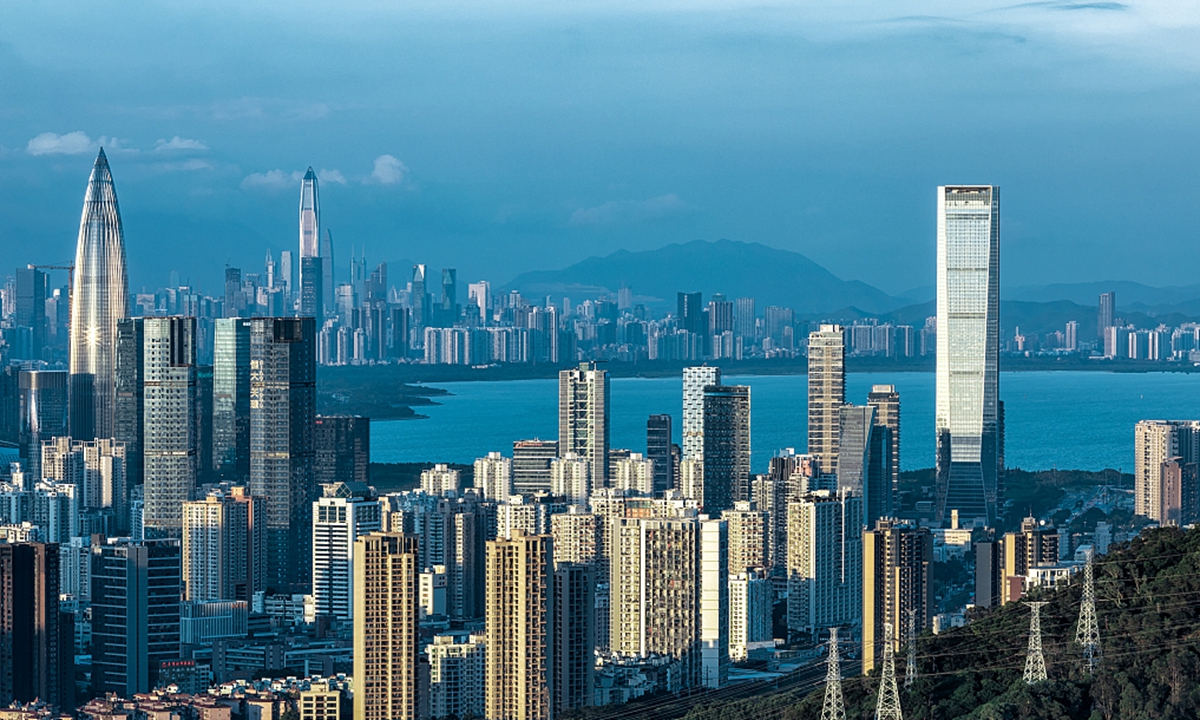
Shenzhen Photo: VCG
Editor's Note:On July 1, China declared that it has reached its first centenary development goal - building a moderately prosperous society, or xiaokang, in all respects and is marching in confident strides toward the second centennial goal of building the nation into a great modern socialist country. To decipher what that means in the context of where China is now and where it's heading, the Global Times is publishing a series of multimedia products about the achievements under the xiaokang goal in various aspects. This piece focuses on how China's reform and opening-up policies overcame major hurdles and risks over the years and helped create the "China miracle" that changed the country and the world.
When Chen Jianli arrived in the newly established special economic zone (SEZ) in Shenzhen, then a small fishing village, in 1983 to make a better living, there was much uneasiness and even fear.
"Nobody knew how to build a special economic zone. Nobody knew what was coming. Everyone, even local officials were scared," Chen, now in his late 50s, told the Global Times, "No one could have imagined what we have today."
From a poverty-stricken village not far from Shenzhen, Chen became a manager for Chia Tai Conti, a joint venture between Thailand's CP Group and US Continental Grain Co and the first foreign firm in the Chinese mainland. Today, he is living a life that was unimaginable just decades ago in one of the most affluent metropolises in the world.
Chen's experience personifies China's success in transforming itself from a backward, isolated nation to the world's second-largest economy, biggest trading nation, and top destination for foreign direct investment. The deciding factor behind the process is one of the boldest and most successful policymaking in human history - reform and opening-up.
Just like Chen, there was uneasiness and fear when the country first pursued reform and opening-up. Just like Chen, decades of perseverance through numerous hurdles and risks by the country changed lives both at home and abroad.
At the centenary of the Communist Party of China (CPC) on July 1, Xi Jinping, general secretary of the CPC Central Committee, described the reform and opening-up policy as the crucial move that decided the fate of modern China, transforming the country from a highly centralized planned economy to a socialist market economy with great vitality, from an isolated nation to one open to the world across the board and from a country with retrograde productivity that could hardly provide the bare minimum in subsistence to its people to a xiaokang society in all respects.
"Through tenacious struggle, the Party and the Chinese people showed the world that by pursuing reform and opening-up, a crucial move in making China what it is today, China had caught up with the times in great strides," Xi said.
The successful role of the reform and opening-up policies in creating the "China miracle" has been well established, but less frequently discussed is how the CPC led the entire country in overcoming fear of the unknown as well as what Xi described as "risks and challenges from every direction" in pursing the policies.

China's opening-up brings soaring growth in foreign trade Infographic: Feng Qingyin/GT
From the establishing first SEZ in Shenzhen to opening up along the coast and inland cities, and joining the WTO to initiating the Belt and Road Initiative along with hosting the China International Import Expo (CIIE), China has formed a pattern of all-round, multi-level, and wide-ranging opening-up. But each of the crucial stages of China's reform and opening-up met with great resistance both at home and abroad. But each time, the CPC's firm leadership offered guarantees for success.
Now, as China embarks on the journey to pursue the second centenary goal of building a modern socialist power amid once-in-a-century changes in the world, risks and resistance remain marked by the US' crackdown. However, the CPC's determination and capability to pursue higher-level opening-up remains intact, as demonstrated in the trying times of the past four decades or so, experts noted.
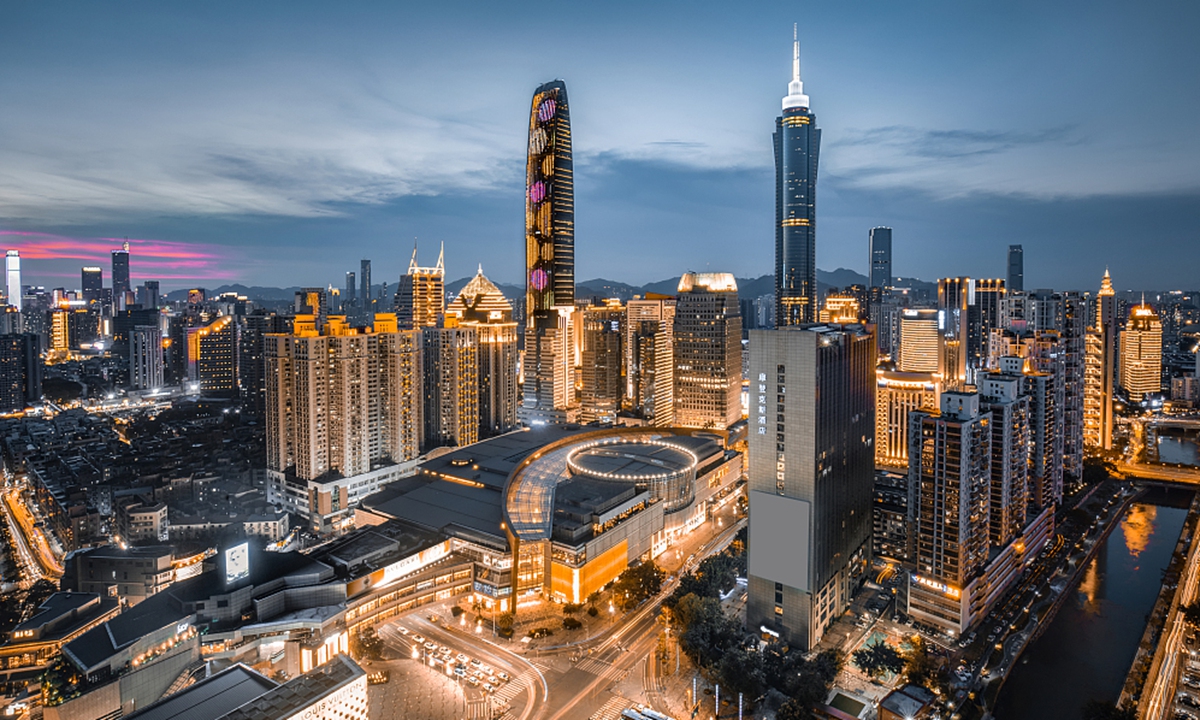
Shenzhen Photo: VCG
Deng Xiaoping's southern tour
Challenges started immediately after the reform and opening-up policies were announced.
Wu Long, president of Chia Tai Conti, recalled that when the People's Daily reported on their plant going into operation in 1981, it triggered a round of hot debates in China about capitalism and socialism with some expressing fear of the return of foreign capitalists to China - a scar left by years of foreign invasion on many Chinese.
The fear has faded over the years, especially after the success of China's own socialist system today, but it was a hot-button issue for China at the time, as people were wondering where the real way out for the Chinese economy was.
Even after the CPC leadership set developing the economy as central in the Third Plenary Session of the 11th Central Committee of CPC in 1978, some articles at that time said that the Party and the people had another task, which was igniting class conflicts. Such remarks confused the people, and even disturbed the society.
In January 1992 at the crucial juncture of China's reform and opening-up, the then Chinese leader Deng Xiaoping, who was also the principal decision-maker of the establishment of SEZs, paid an inspection visit to South China where he delivered a series of speeches aimed at clarifying the muddled idea about whether the establishment of SEZs was of a "capitalist" or "socialist" nature.
When Deng inspected Shenzhen twice, Jiang Shigao, the former director of the photography department of the Shenzhen Special Zone Newspaper, served as a photojournalist and used more than 20 cylinders of film each time.
"It was lucky that I could record Deng Xiaoping's southern tour with pictures. I still remember Xiaoping in Huanggang port overlooking Hong Kong," Jiang, now in his 80s, recalls the impressive tour.
"It is Deng who proposed to go to Huanggang Port, because there you can look at Hong Kong and see Lok Ma Chau on the opposite side," Jiang told the Global Times.
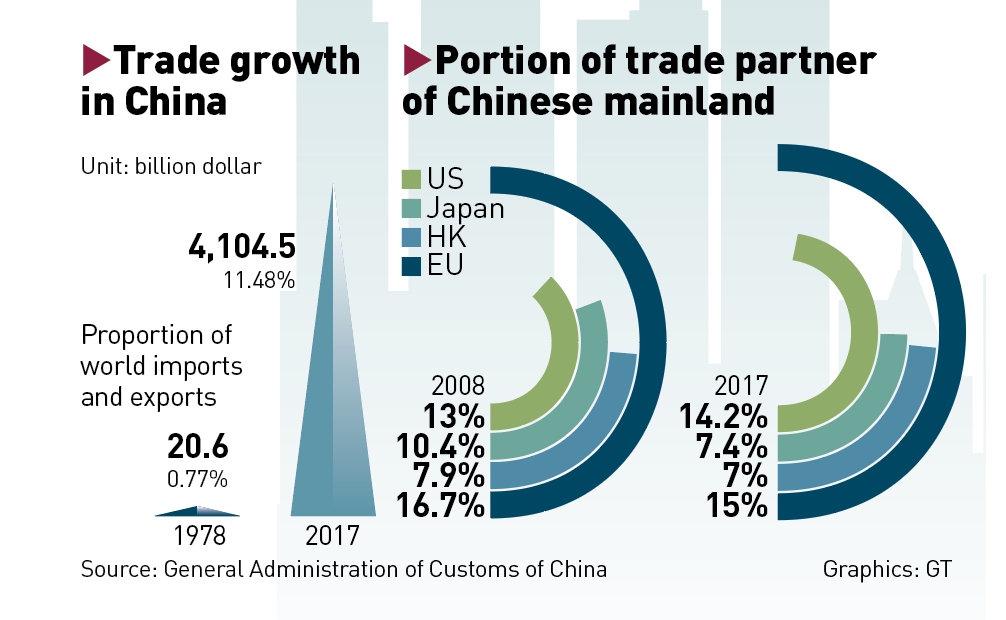
Graphic: GT
On the afternoon of January 19, 1992, Deng stood on the Lok Ma Chau Bridge and looked out at the panoramic view of Shenzhen and Huanggang Port, then turned and walked south along the bridge. When he reached the boundary of Shenzhen and Hong Kong 10 meters away, he stopped and cast his eyes to the south, closely linked to the mainland, with a gaze at Hong Kong for eight or nine minutes.
"He looked there with his affectionate eyes without any word. It was a long time before he reluctantly returned to the car," Jiang said.
On the following day, Deng delivered the most important speech of his southern tour at the China World Trade Center. "Adhering to economic construction as the core is not about 10years, 20 years, but 100 years! It is unshakable!" Deng said.
Deng's remarks put China's reform and opening-up on the right track again, and it was a great liberation of the mind, as it set the tone for the coming 14th National Congress of the CPC, which declared that the target of China's economic restructuring was to establish a socialist market economic system in October 1992.
It was another manifesto that profoundly answered many major cognition issues that had long constrained people's minds and promoted reform, opening-up and modernization to a new stage, the then Chinese President Jiang Zemin said in the report of the 15th National Congress of the CPC in September of 1997.
In 1978, China's trade volume was only $20.64 billion, accounting for 0.77 percent of the world's total, which is almost negligible. Today, China has become the world's largest trading nation and the largest export market for more than 70 countries and regions.
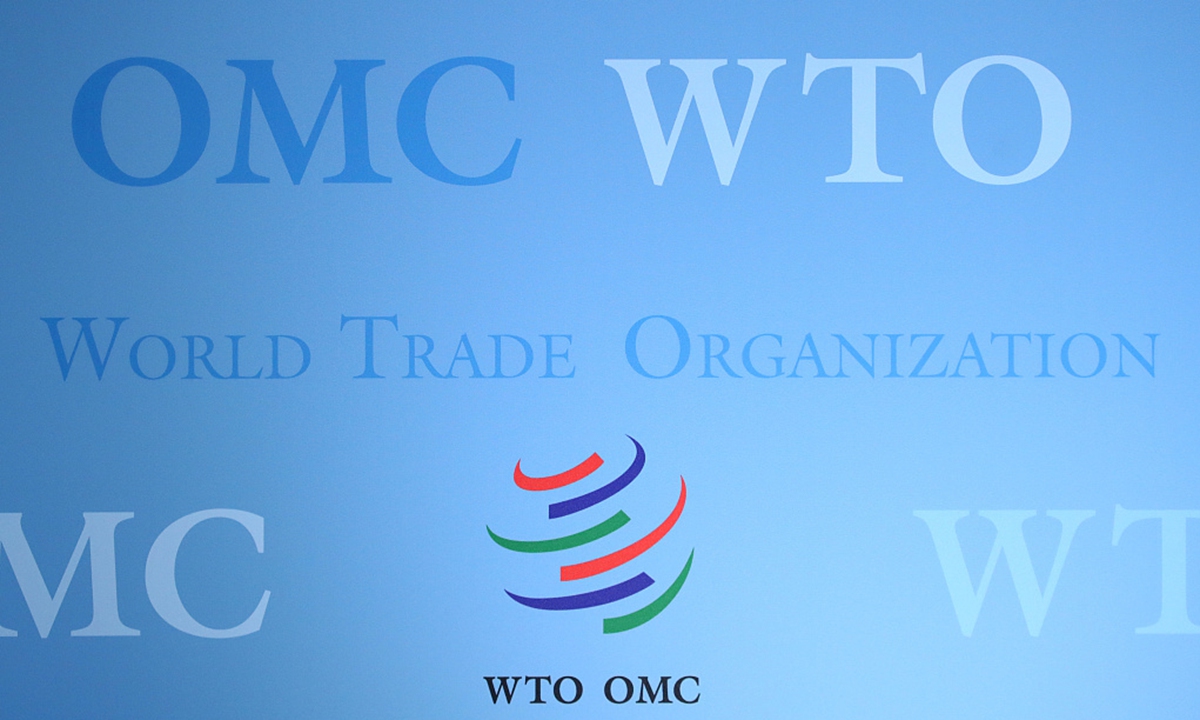
WTO. Photo: VCG
Entering WTO
After the initial success of the reform and opening-up policies at home, an inevitable move for China was to join the World Trade Organization (WTO). But that is no small task by any stretch of imagination.
Looking back on the historic moment in Doha years ago, Huo Jianguo, then a member of the Chinese delegation and now vice president of the China WTO Research Association, is still very excited to this day.
Huo, who has experienced the entire process of entry into WTO, said that the negotiations lasted for a long time. In 1984, the country had already started discussing whether to resume the status of General Agreement on Tariffs and Trade; in 1986, China formally submitted the application; and then entered into the negotiations, which lasted 15 years.
The opening-up in the financial sector and the arrangement of the import of some commodities related to people's livelihood may have been the most difficult aspects. On the one hand, we had to consider domestic competitiveness, on the other hand, we had to think about the phased opening, Huo told the Global Times.
Of course, the Party was more determined, that is to say, a comprehensive reform from the top had made a breakthrough in the negotiations between China and the US and China and theEU, which significantly erased the barriers of the negotiations, Huo recalled.
At that time, Premier Zhu Rongji personally helped study and the State Council settled many disputes through negotiations with other countries like the US, to see which could be accepted, and which would not be. This was a very complex process.
"It was the responsible attitude of Premier Zhu that was conducive to the breakthroughs and the negotiations would have continued to drag on without him," Huo said.
At that time, the negotiations between the US and China were relatively tough and lasted for an extended period. The US cared about high matters like tariff reduction, opening-up of the service industry and some commodities especially soybean and corn, requiring China to ease export control. We gradually opened up combining domestic circumstances and US requirements, Huo explained.
It was December 11 of 2001, during the Fourth WTO Ministerial Conference in Doha the General Assembly adopted the resolution of China's accession to the WTO.
"When the decision was announced, the Chinese delegation of more than 40 people was very excited, all standing up, applauding and cheering," Huo said.
Official data showed that in 2000, the year before China's entry into the WTO, China was the world's seventh largest trading country; by 2017, the volume of China's imports and exports increased to a six-year high, which made China the world's top trading country.
The scale of foreign direct investment increased from $46.88 billion in 2001 to $136.32 billion in 2017, with an annual growth of 6.9 percent.
"Before and after China's entry to the WTO, there were also controversies in China, such as whether the opening of the market would impact some weak industries such as food, fertilizers, and automobiles. Facts have proved that the positive effect far exceeded the impact that people were worried about," Huo said.
China's exports have increased by as much as seven times, while China's imports increased by nearly six times since joining the WTO, which means that China has made important contributions to the development of the world as a pillar and engine of world economic growth, said Yi Xiaozhun, former Deputy Director-General of the WTO, at a seminar celebrating the 20th anniversary of China and the WTO in May.
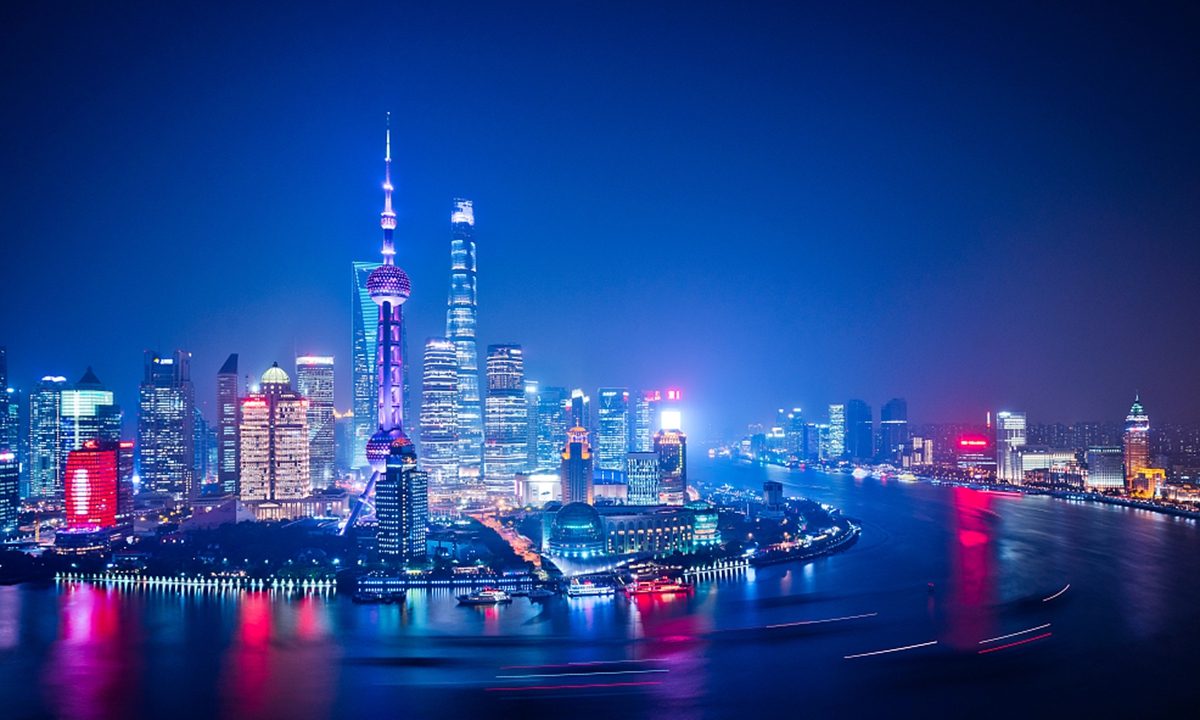
Shanghai Photo: VCG
CIIE: opening-up wider
After becoming the world's biggest trading nation and a massive domestic market, the next stage of China's opening-up was to share its massive economic achievement with the world and open its market to companies and products from other nations.
Since the 18th CPC National Congress, Xi has proposed two major opening measures including the Belt and Road Forum and the China International Import Expo (CIIE), among a slew of other opening measures. The two opening initiatives have achieved great success despite challenges including trade tensions and more recently, the COVID-19 pandemic.
For foreign firms, the simplified registered procedures may be the biggest proof about the business environment in China, just as Wu from Chia Tai Conti said during the period of 1979 to1980, there had been no one that knew how to register FDI business licenses, it took them around one year to get the license, but now it only takes one day.
Phyllis Cheung, CEO of McDonald's China, said their development in the Chinese market has accelerated especially after they introduced local partners in 2017. "Before that, we opened around 200 new restaurants every year. Now we open about 500 restaurants every year. The growth speed has doubled," she said.
Consequently, the opening-up has never stopped.
CIIE, which was proposed by President Xi in May of 2017, has been a new stage to show China's determination to open wider to the world.
The CIIE is "a major policy for China to push for a new round of high-level opening-up and major measure for China to take the initiative to open its market to the world," Xi said when delivering a keynote speech at the opening ceremony.
Xi announced that China's imported goods and services were estimated to exceed $30 trillion and $10 trillion, respectively, in the next 15 years. China has been the world's second largest merchandise importer for nine consecutive years.
"China will not close its door to the world and will only become more and more open," Xi said.
The first CIIE realized a cumulative intention transaction of $57.83 billion, and the latter followed are expanding further, followed by $71.13 billion of the next year, and $7.62 billion in the third year of 2020.
Now, it is the time for the countdown of the fourth CIIE. Local organizers said the number of Fortune 500 and industry-leading companies attending the event has exceeded the third expo, and more than 80 percent of those present at this year's exhibition are repeat attendees, with more than 30 Fortune 500 and industry-leading companies coming to the expo for the first time.
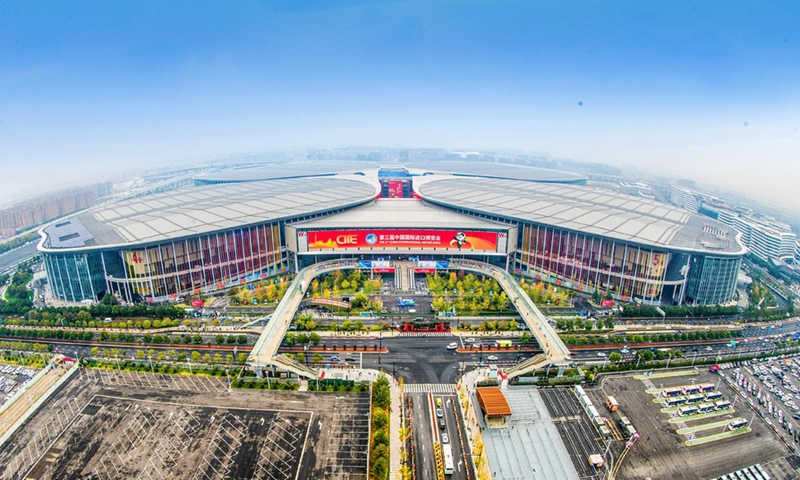
Photo taken on Nov 3, 2020 shows a view of the National Exhibition and Convention Center (Shanghai), the main venue of the 3rd China International Import Expo (CIIE), in east China's Shanghai. Photo:Xinhua
Ongoing and never ended task
After more than 40 years of reform and opening-up, China's economy is ranked the second in the world, and its contribution to global economic growth has exceeded 30 percent, creating a "Chinese miracle" that attracts worldwide attention.
German Auto maker Audi first entered the Chinese market in 1988 and in that year across the entire industry only 600,000 vehicles were produced. By 2020, the market had grown to a scale of 25 million units - which is 40 times higher than it was 32 years ago.
"Audi was and is so strong in China because we had seen the potential for producing premium automobiles in China at the early stages and chose the right partners for the joint success from the very beginning," Werner Eichhorn, president of Audi China who first came to work in China in 2005, told the Global Times.
In 1988 the company produced the first batch of Audi 100 models, and in 1996 they began producing the Audi 200. In 2013, the year Audi celebrated its 25 anniversary in China, the company also opened Audi China R&D Center in Beijing. In 2019 with the launch of the Audi e-tron, the company entered into the transformation toward electrification.
"We are fully confident about the future of the Chinese market, and we want to continue to be a part of its development and growth. We appreciate the great support and trust we have received from our Chinese customers over the past 30 years, which has made Audi a leading brand in the premium segment," he added.
On October 8, 1990, McDonald's opened the first restaurant in Shenzhen. On the first weekend of the operation, it broke the highest turnover record of McDonald's single store in the world at that time with 460,000 yuan. The first batch of employees includes 10 trainee managers and 300 ordinary employees and more than 6,000 people had applied for job there.
Over the past 31 years McDonald's has accelerated its expansion in China. By the end of July 2021, McDonald's China had more than 4,000 restaurants in the mainland market with 180,000 employees.
"China has not stood still for the last 40 years. The more China opens up, the more benefits foreign businesses can bring to this country that can also be beneficial to the people on both sides," Steven Lynch, managing director with the British Chamber of Commerce in China, told the Global Times.
Every year the British Chamber produces a sentiment survey to pulse the thoughts and the feelings of British businesses in China. Despite the significant impact from the epidemic, the British businesses remain absolutely committed to the market in 2020. In fact, it was around 50 percent of companies say they're still optimistic on the Chinese market, and only four or five percent were pessimistic about the opportunities here in China. And around 80 percent of the companies said they're going to continue investment or invest more into China, which is fairly remarkable when you consider the year that this world has just had, according to Steven.
The reform and opening-up is always an ongoing process and will never end. Without reform and opening-up, China would not be what it is today, nor would it have the prospects for a brighter future, and China has never stopped its efforts of opening-up. Chinese observers said the most important reason behind China's economic and social marvels is the strong leadership of the CPC.
On January 1 of 2020, the Foreign Investment Law took effect starting to better protect the interests of foreign investors in the country. With the law, foreign-invested enterprises will be granted access to government procurement markets through fair competition.
In October of 2020, China issued a plan on implementing pilot reforms in Shenzhen to build the city into a demonstration area of socialism with Chinese characteristics in the next five years.
In June, China's central authorities issued a guideline on building the eastern province of Zhejiang into a demonstration zone for achieving common prosperity.
In July, China issued a guideline to support high-level reform and opening-up of the Pudong New Area in Shanghai, in a bid to build Pudong into a pioneer area for socialist modernization.
Describing the reform and opening-up as "a great revolution in the history of the Chinese people and the Chinese nation," President Xi said that the past 40 years unequivocally prove the correctness of the path, theory, system, and culture of socialism with Chinese characteristics, noting the reform and opening-up is a game-changing move not only in making China what it is today, but also for the Chinese people to achieve the country's two centenary goals and its great national rejuvenation.
"Reform and opening-up is always an ongoing task and will never end. Without reform and opening-up, China would not be what it is today, nor would it have the prospects for a brighter future," Xi said.
